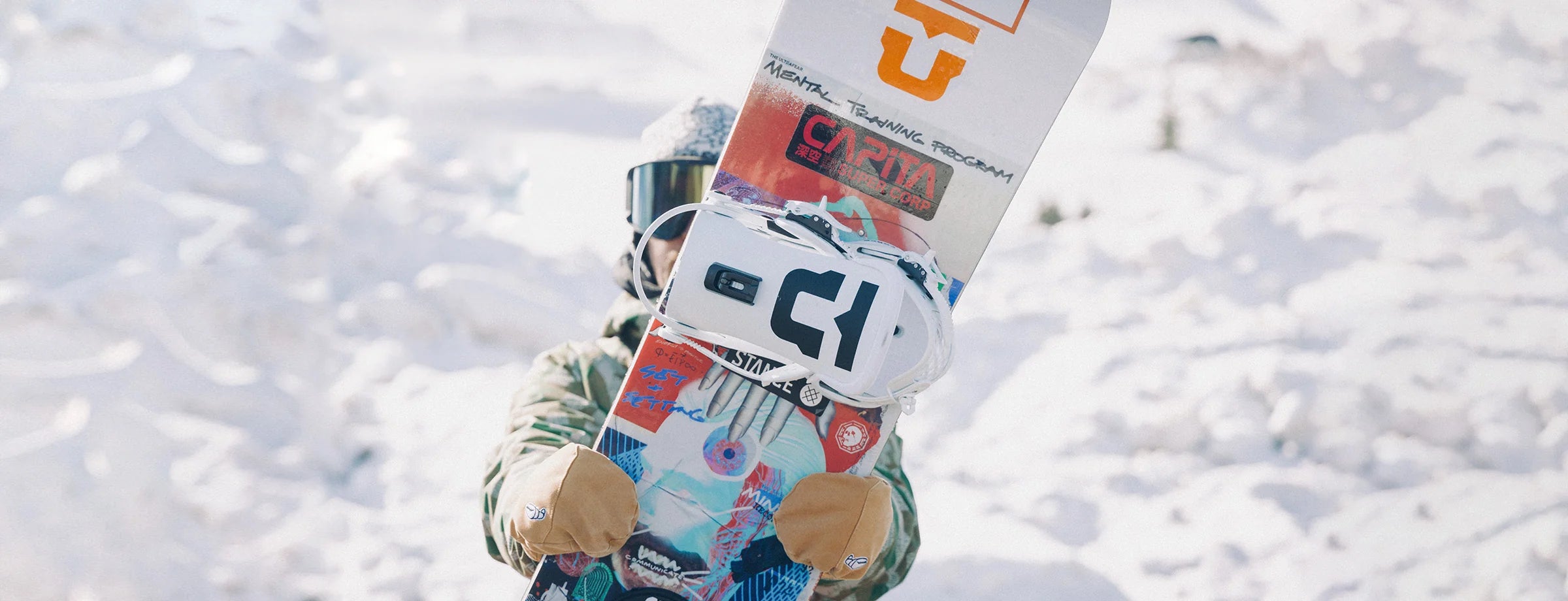Want to learn how to ollie? When we think about the very first trick every skater wants to master, the ollie always comes to mind. It’s the move that makes skateboarding actually feel like skateboarding. at a skatepark. We’ve taught countless beginners across Canada how to ollie through Switch Skate and Snow, and we know exactly where people get stuck, how to troubleshoot mistakes, and what steps actually help you land your first clean pop.
So in this guide, we break down how to ollie in 10 steps using simple, clear instructions that anyone can follow.
Learning how to ollie changes everything: the confidence, the feeling of the board lifting with you, and the freedom to try more tricks. If you’ve struggled before or you’re learning completely from scratch, we’re going to make this as easy as possible.
Follow us on Instagram to find exclusive deals.
Switch Skate & Snow:
161 HARWOOD AVE N UNIT #6, AJAX, ONTARIO, L1Z0A1
Why Learning How to Ollie is So Important For Beginners
We often describe the ollie as the “key” to every other trick. Once you know how to ollie, you unlock shove-its, kickflips, heelflips, stair sets, ledges, manuals, transitions — everything comes from this foundation.
And here’s an important research-based fact beginners never hear: studies from skate instruction programs have shown that skaters who master a clean ollie early develop balance and aerial control significantly faster than skaters who skip fundamentals. That’s exactly why we focus heavily on teaching the correct form right from the start.
Before we get into how to ollie step-by-step, we always make sure we’re using proper safety gear. A helmet is non-negotiable, especially when practicing the early stages.
For beginners, we recommend certified helmets like:
Wearing one helps you stay confident and practice longer without worrying about falls.
How to Ollie: The Complete 10-Step Process

Below is the exact sequence we use when teaching beginners how to ollie. Take your time with each part, and don’t rush through them. Even small adjustments make a huge difference.
1. Start With the Right Stance
Before we even think about popping, we get comfortable in our stance. We keep our shoulders relaxed, knees slightly bent, and eyes facing forward — not down. A stable stance is the entire foundation of learning how to ollie, because if our balance is off at the start, the board won’t rise evenly.
2. Place Your Feet in the Correct Position
We place our back foot on the tail, right on that pocket where it naturally feels powerful. Our front foot sits just behind the bolts. This position gives us the perfect angle to slide upward when the board pops. Whenever beginners ask how to ollie consistently, this is usually the first thing we adjust.
3. Bend Your Knees More Than You Think
This is where most people under-commit. To ollie, we bend deeply — almost like we’re preparing to jump over a tiny fence. The deeper we bend, the more power we generate. We always remind beginners that the ollie is basically a timed jump where we lift the board with us.
4. Pop the Tail Down Hard
This is the moment that makes the board snap against the ground. Using our back foot, we stomp the tail sharply downward. That pop sound is what lifts the deck. If there’s no sound, the pop wasn’t strong enough. Anyone learning how to ollie needs to focus on this crisp, clean pop first before worrying about height.
5. Jump at the Same Time You Pop
As soon as the tail hits the ground, we jump. This timing is what feels strange at first, but once we get it, the entire technique becomes natural. We think of it like popping a spring — the board becomes weightless for a moment, and we rise with it.
6. Slide Your Front Foot Up the Grip Tape
This is the step most people struggle with when figuring out how to ollie. Right after popping and jumping, we drag the side of our shoe upward toward the nose. This “slide” levels the board and lifts it with us. Without this slide, the ollie won’t rise or level out. We picture it like zipping up a jacket — it should be one smooth drag upward.
7. Bring Your Knees Up to Get Height
Height doesn’t come from power — it comes from lifting our knees. When we slide our front foot up, we pull both knees upward. The board follows naturally because it’s stuck to our feet through friction and motion. Learning how to ollie higher is simply about exaggerating this knee lift.
8. Level the Board in Mid-Air
Once the slide happens, the board naturally flattens out, but we still guide it by keeping our shoulders centered. If we’re leaning too far back or forward, the board will tilt. We stay relaxed and let the board rise evenly under our feet.
9. Prepare for a Controlled Landing
While we’re still in the air, we position our feet back toward the bolts. Landing on the bolts helps us keep control and prevents the deck from snapping. We picture landing like we’re quietly stepping onto a thick rug — soft, controlled, even.
10. Land With Your Knees Bent
Landing straight-legged makes the board shoot out, so we bend as we land. This helps us absorb impact and stay on the board. Once we master this landing, repeating the ollie becomes easier and more natural. And at this point, we’re officially landing our first ollies.
Common Mistakes We See (and How We Fix Them)
Even when we follow each step closely, small details can get in the way of learning how to ollie. Here are a few things we always correct for beginners:
-
Not bending knees enough before popping
-
Sliding the foot too weakly
-
Leaning too far backward
-
Popping late instead of popping then jumping
Each of these directly affects how to ollie smoothly. When in doubt, we go back to deep bending, sharp popping, and a confident slide.
Beginner Safety Tips for Learning How to Ollie
Staying safe helps us progress faster because fear slows learning. We always recommend:
-
Wearing a certified helmet
-
Using soft wheels for balance during early attempts
-
Practicing on flat, smooth pavement
-
Taking breaks when muscle memory gets sloppy
The stronger your foundation, the quicker your ollie improves.
How Long It Takes to Learn How to Ollie
Every skater is different, but most beginners learn how to ollie within a few days to a couple of weeks when practicing consistently. Confidence plays a huge role. The more relaxed we feel, the more natural the movement becomes.
Final Thoughts
Learning how to ollie is the first real milestone in skateboarding, and once we master it, everything else feels more achievable. With patience, correct form, and good safety gear, we can land clean ollies and build a strong foundation for every trick that comes next.
FAQs - How to Ollie
1. How long does it take to learn how to ollie?
Most beginners learn within a few days to a couple of weeks with consistent practice.
2. Do I need a specific board to learn how to ollie?
A standard popsicle-shaped skateboard works best, especially with medium-hard wheels.
3. Should I practice how to ollie while moving or standing still?
We always recommend starting still, then slowly adding movement once the motion feels natural.
4. Why won’t my board lift when I try to ollie?
Most of the time, the pop isn’t strong enough or the slide is too slow. Fix those two steps first.
5. What gear should I wear while learning how to ollie?
A certified helmet is essential, and pads are helpful for confidence and safety.


